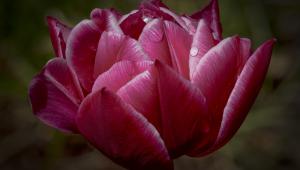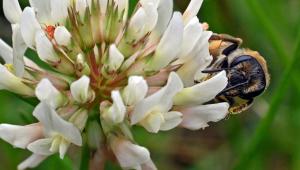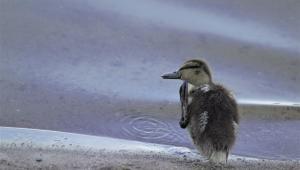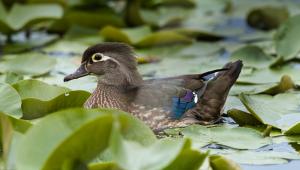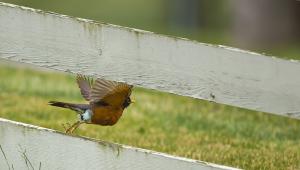Canon’s EF-S 60mm f/2.8 Macro USM Lens; An APS-C Lens That Lets You Get Closer Page 2
Spider's Web |
|
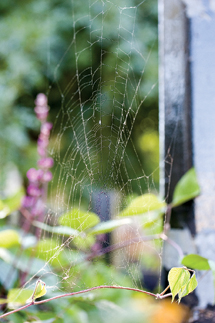 |
|
|
Performing In The Real World
In the past, I'd worked almost strictly by available light, but with the
advent of TTL flash, I reinvented myself with the addition of TTL macro flash
lighting. The EF-S 60mm Macro, like other of Canon's macro lenses, was
designed to accept the MR-14EX Macro Ring Lite and MT-24EX Macro Twin Lite directly,
so you're not encumbered with the need to add adapters. That's a
plus, since it facilitates mounting the flash to the lens in response to the
moment. And the ringflash went on this lens the moment I field tested it.
Crisp Detail |
|
 |
|
|
But we're not here to talk about macro flash, at least, not specifically.
We're here to talk about the new 60mm Macro lens. Canon's website
says this lens is "optimized for digital SLRs (with) special coatings
to minimize reflections and flare." While the lens did produce good color
saturation, on at least one occasion, with strong backlighting, flare was apparent,
reducing the depth and intensity of the shot (a lens hood is not provided, so
none was used, though use is advised). But aside from that, the lens provided
a crisp image in the viewfinder to help with critical focusing. In actual photographs,
I did find that some pictures benefited from a sharpness boost with Photoshop's
Unsharp Mask. The problem may have been due to diffraction after stopping down
to f/32.
Here's a worthwhile note: You can attach either EF12
II or EF25 II extension tubes to respectively achieve up to 1.28x and 1.61x
magnification. However, you cannot use the older EF12 and EF25 versions with
this lens (they're not EF-S compatible). Manual focusing is recommended.
While I prefer working with my 100mm Macro lens, I would be just as happy with
this newer glass. I can't see a Digital Rebel or EOS 20D user, especially
one who is new to macro photography, complaining with this lens' performance.
And certainly compact size and light weight make it ideal for travel. In the
past, I would often just go around with a macro lens on my camera. It was great
practice learning to "see macro." However, don't make the
mistake of thinking that a macro zoom will deliver the same results. You need
a true macro lens for those dramatic close-ups, and the EF-S 60mm Macro will
allow you to come nose to proboscis with that honeybee feeding on the blossoms
in your backyard.
Out -Of-Focus Highlights |
|
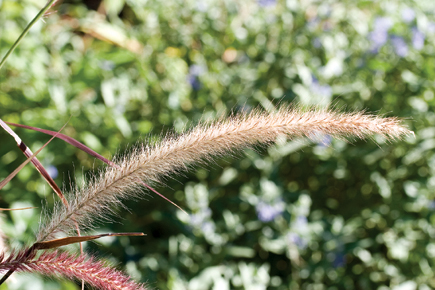 |
|
|
|
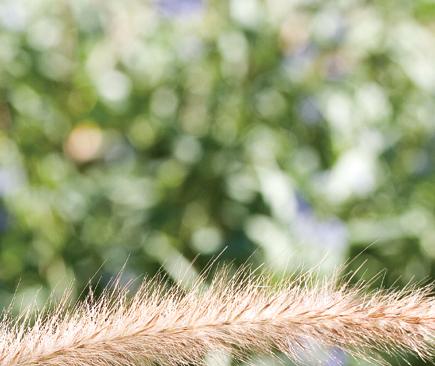 |
Take Control Of Your Macro Subjects
At a given camera-to-subject distance and lens aperture, depth of field decreases
with increased focal length. However, at half life-size to life-size magnification,
depth of field barely exists for any macro lens and you have to focus on what's
important to the picture. With most wildlife, that's the head, notably
the eyes. On insects feeding on nectar, that may also include the proboscis.
With butterflies, the wings may take priority. Stopping down does help, but
not a tremendous amount. And stopping down too much may lead to diffraction
and a perceived lack of sharpness.
Flash (notably the MR-14EX Macro Ring Lite and MT-24EX Macro Twin Lite) will
let you stop down to achieve the necessary depth of field. But flash may be
even more important for the control it gives you over the subject and camera
movement, by freezing motion. The likelihood of blur in available-light shots
(through camera shake or subject motion) is increased the closer you get. In
other words, with increasing magnification, blur is also magnified.
Even if you've got blur licked by means of the tools at your disposal,
you still need a steady hand and a steady subject. If you don't maintain
a firm stance and a solid grasp on the camera, involuntary body movement may
spoil framing or focus. A tripod may help, though I find it confining, preventing
me from jockeying for the best position. But then along comes a breeze that
throws a branch out of focus, so you wait for a lull. And while you're
waiting, hope that the subject hasn't moved on. It's all doable,
with practice--and patience.
With skittish wildlife, the trick is to move slowly and quietly, and not to
stir up your surroundings (such as neighboring branches). With some small critters
even casting a sudden shadow is enough to frighten them.
Finally, when shooting macro, it's best to switch to full manual focusing
and set magnification (reproduction ratio) first, and to then physically move
in toward the subject with the camera.
For more information, contact Canon U.S.A., Inc., One Canon Plaza, Lake Success,
NY 11042; (800) 652-2666, (516) 328-5000; www.canonusa.com.
- Log in or register to post comments






